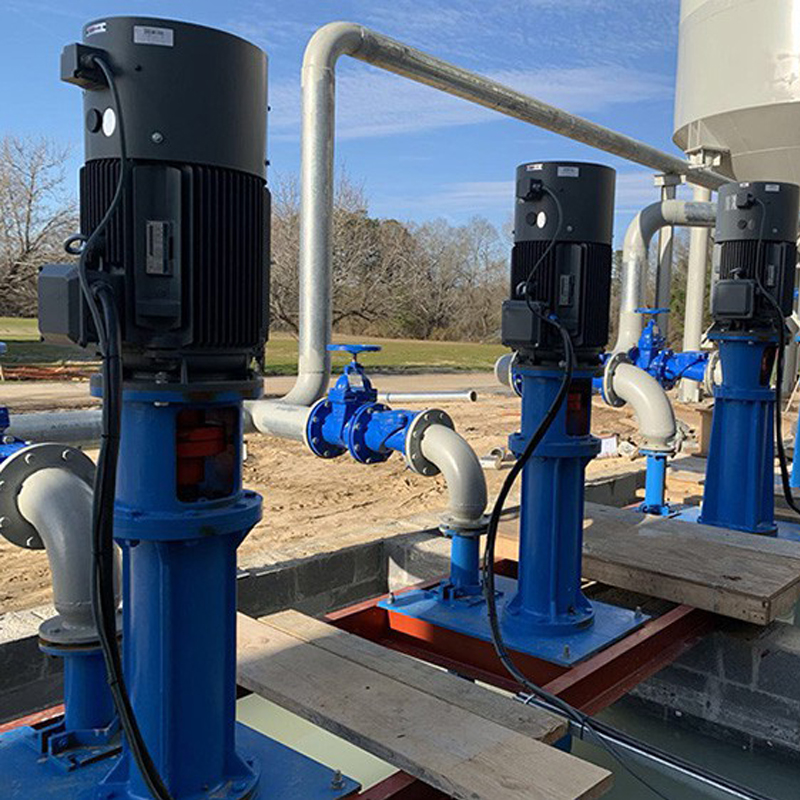Thai
- Afrikaans
- Albanian
- Amharic
- Arabic
- Armenian
- Azerbaijani
- Basque
- Belarusian
- Bengali
- Bosnian
- Bulgarian
- Catalan
- Cebuano
- Corsican
- Croatian
- Czech
- Danish
- Dutch
- English
- Esperanto
- Estonian
- Finnish
- French
- Frisian
- Galician
- Georgian
- German
- Greek
- Gujarati
- Haitian Creole
- hausa
- hawaiian
- Hebrew
- Hindi
- Miao
- Hungarian
- Icelandic
- igbo
- Indonesian
- irish
- Italian
- Japanese
- Javanese
- Kannada
- kazakh
- Khmer
- Rwandese
- Korean
- Kurdish
- Kyrgyz
- Lao
- Latin
- Latvian
- Lithuanian
- Luxembourgish
- Macedonian
- Malgashi
- Malay
- Malayalam
- Maltese
- Maori
- Marathi
- Mongolian
- Myanmar
- Nepali
- Norwegian
- Norwegian
- Occitan
- Pashto
- Persian
- Polish
- Portuguese
- Punjabi
- Romanian
- Russian
- Samoan
- Scottish Gaelic
- Serbian
- Sesotho
- Shona
- Sindhi
- Sinhala
- Slovak
- Slovenian
- Somali
- Spanish
- Sundanese
- Swahili
- Swedish
- Tagalog
- Tajik
- Tamil
- Tatar
- Telugu
- Thai
- Turkish
- Turkmen
- Ukrainian
- Urdu
- Uighur
- Uzbek
- Vietnamese
- Welsh
- Bantu
- Yiddish
- Yoruba
- Zulu
Telephone: +86 13120555503
Email: frank@cypump.com
ธ.ค. . 24, 2024 10:58 Back to list
Sewer Ejector Pit Overview and Installation Tips for Effective Waste Management
Understanding Sewer Ejector Pits A Comprehensive Overview
Sewer ejector pits are a crucial component in modern plumbing and sewage systems, particularly for residential and commercial properties situated below the municipal sewer line. Without these systems, waste and wastewater would struggle to flow away from lower-lying areas, leading to potential backups and health hazards. In this article, we will explore what sewer ejector pits are, how they function, their installation processes, maintenance needs, and the benefits they provide.
What Is a Sewer Ejector Pit?
A sewer ejector pit, often referred to as a sewage ejector pump or sump, is an underground containment chamber designed to collect and pump wastewater and sewage out of basements or lower levels of buildings. This is particularly necessary in scenarios where gravity drainage is not feasible, such as in homes that have a basement or are located below the elevation of the municipal sewer system.
How Does It Work?
The operation of a sewer ejector pit revolves around a pump system that is activated when the water in the pit reaches a certain level
. As wastewater enters the pit, it accumulates until it triggers a float switch that activates the pump. The pump then ejects the waste and water mixture through pipes and up to the level where it can flow by gravity into the sewer line. This mechanism ensures that sewage is efficiently removed from areas that are prone to flooding or water accumulation.The systems typically include a grinder pump that pulverizes solid waste, allowing it to be transported through smaller pipes. This is particularly useful for homes with multiple bathrooms, kitchens, or laundry rooms, where the volume of waste can be substantial.
Installation Process
The installation of a sewer ejector pit requires skilled labor, typically performed by a professional plumber or contractor. Initially, a pit is dug in an appropriate location, often in a basement or under a concrete slab. The pit will then be lined, and a pump will be installed along with necessary plumbing connections. It is essential to ensure that the sewer ejector pit is installed according to local building codes and regulations to prevent future issues.
In some cases, homes may already have a sump pump that can be converted to include an ejector pump for sewage purposes. If this is not possible, a new ejector pit and pumping system will need to be established.
sewer ejector pit

Maintenance Requirements
Regular maintenance of a sewer ejector pit is crucial to ensure its reliable operation. Homeowners should periodically inspect the system for any signs of wear and tear or blockages. Typical maintenance tasks may include
1. Regular Cleaning The pit should be cleaned periodically to remove any sludge that accumulates at the bottom. 2. Inspecting the Pump Homeowners should check the pump for proper function and alarms or indicators that may signal a malfunction.
3. Checking the Float Switch Ensuring the float switch is working correctly is essential as it controls the pump activation.
4. Monitoring for Backups Observing any signs of backups or slow drainage can help in identifying problems early on.
Benefits of Sewer Ejector Pits
The primary advantage of sewer ejector pits is their ability to manage wastewater effectively from lower levels of buildings. By doing so, they help prevent backups, potential flooding, and associated health risks. Furthermore, they enable homeowners to utilize basements for living space without the worry of plumbing issues.
In addition to protecting property from flood damage, sewer ejector systems also contribute to overall sanitation and public health by ensuring that sewage is handled properly and disposed of safely.
Conclusion
In summary, sewer ejector pits are an integral part of modern plumbing for buildings situated below the municipal sewer line. Understanding their functionality, installation processes, maintenance, and benefits not only highlights their importance but also encourages homeowners to take proactive measures in maintaining these systems for optimal performance. With proper care, sewer ejector pits provide peace of mind and a reliable solution to what could otherwise be a significant plumbing challenge.
-
ISG Series Vertical Pipeline Pump - Chi Yuan Pumps Co., LTD.|High Efficiency, Energy Saving, Low Noise
NewsJul.30,2025
-
ISG Series Vertical Pipeline Pump- Chi Yuan Pumps|High Efficiency&Low Noise
NewsJul.30,2025
-
ISG Series Vertical Pipeline Pump-Chi Yuan Pumps Co., LTD.|High Efficiency&Energy Conservation
NewsJul.30,2025
-
ISG Series Vertical Pipeline Pump - Chi Yuan Pumps Co., LTD.|Advanced Hydraulic Design&Energy-Efficient Solutions
NewsJul.30,2025
-
ISG Series Vertical Pipeline Pump - Chi Yuan Pumps Co., LTD.
NewsJul.30,2025
-
ISG Series Vertical Pipeline Pump - Chi Yuan Pumps Co., LTD.|energy-efficient fluid handling&industrial durability
NewsJul.30,2025










